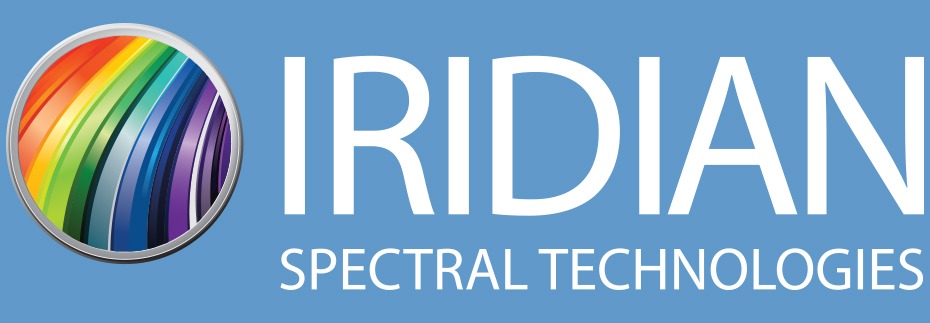While Raman spectroscopy is widely used in many areas of analytical and medical sciences, including in situ and in vivo measurements,1,2 a challenge for Raman spectroscopy measurements is the inherently weak nature of the Raman effect. Most modern Raman spectroscopy instruments use intense laser sources to compensate for this. Still, while advantageous for improving signal levels, bright light sources can also increase the unwanted light that reaches the detector.
Another issue to consider in Raman spectroscopy and instrument design is the presence of unwanted, overlapping signals. Many molecules, particularly dyes and biologically-relevant species, give a strong fluorescence background that can obscure the desired Raman signal in a Raman spectroscopy experiment. All of these potential sources of stray light and signals need to be factored into the design of a Raman spectrometer.
Raman Spectrometer Design
A typical Raman spectrometer will consist of a light source, beam handling optics and a detector. One standard Raman spectroscopy detection scheme uses a spectrograph and imaging camera to allow for single-shot spectrum acquisition with no moving parts.
The fluorescence contribution in Raman spectroscopy can be suppressed using a longer excitation wavelength. If the excitation wavelength used is insufficiently energetic to excite the sample to a fluorescent state, there will be no fluorescent background to contaminate the final Raman spectrum. However, the Raman signal intensity drops dramatically due to increasing wavelength, which may introduce additional issues with signal-to-noise.
Using time-gated detection and pulsed light sources in Raman spectroscopy can help remove some contributions from unwanted fluorescent backgrounds but is challenging to do if the fluorescence lifetime of the sample is commensurate with that of the Raman signal.3
Another approach in Raman spectroscopy is to use spectral filters that can also be used to deal with problematic contamination of the light source. Specially designed filter combinations can be used to block unwanted wavelengths from reaching the detector and only to allow the wavelength region containing the Raman signal of interest. Using filters in Raman spectroscopy can help improve signal-to-noise and avoid saturation of detectors from very intense elastic scattering signals or residual light from the laser.
Spectral Filters for Raman Applications
Edge pass filters, are one way of filtering signals, so only the desired Raman signal passes through. The filter needs to be designed to block the excitation source’s wavelength and the resulting elastically scattered signals while allowing either the Stokes, anti-Stokes or both signals, in the case of notch filters, to pass through.
An ideal filter for Raman spectroscopy will therefore have a high optical density (OD) in the wavelength region of the laser central wavelength. It may need a small edge steepness as well. Many spectrometers are designed with filters at normal incidence to the beam as this is more straightforward for alignment but the angle of incidence can be used to control the filter behavior, particularly for different polarizations of light.
One advantage of using spectrometers with high-quality lasers is that the beam tends to be relatively straightforward to collimate. However, suppose the incident light cone does not have a Gaussian intensity profile. In that case, this can also affect filter performance in Raman spectroscopy, so it needs to be considered in the spectrometer design.
The complexity and need for precision in the behavior and properties of the optical filters means that having an expert on hand to help with filter design and production can be invaluable. Contact Iridian today to see how they can support your Raman spectroscopy needs.
References and Further Reading
- Esmonde-White, K. A., Cuellar, M., Uerpmann, C., Lenain, B., & Lewis, I. R. (2017). Raman spectroscopy as a process analytical technology for pharmaceutical manufacturing and bioprocessing. Analytical and Bioanalytical Chemistry, 409(3), 637–649. https://doi.org/10.1007/s00216-016-9824-1
- Kong, K., Kendall, C., Stone, N., & Notingher, I. (2015). Raman spectroscopy for medical diagnostics – From in-vitro biofluid assays to in-vivo cancer detection. Advanced Drug Delivery Reviews, 89, 121–134. https://doi.org/10.1016/j.addr.2015.03.009
- Kostamovaara, J., Tenhunen, J., Kögler, M., Nissinen, I., Nissinen, J., & Keränen, P. (2013). Fluorescence suppression in Raman spectroscopy using a time-gated CMOS SPAD. Optics Express, 21(25), 31632. https://doi.org/10.1364/oe.21.031632
